Nowadays, almost every home has a sewing machine. It has become something simple, understandable and ordinary. However, at one time, its invention looked like a miracle. When using a sewing machine, it is useful to know when and why it appeared, to whom humanity owes its creation.
- History of invention
- Who created the first
- When was the first sewing machine created
- The operating principle of the first sewing machines
- Works of domestic and foreign scientists
- The history of the emergence and development of sewing machines in Russia
- Shuttle as a revolution
- The history of the world famous sewing corporation "Singer"
- The "evolution" of the sewing machine using Janome as an example
History of invention
There is no precise information about the first sewing machines. It is believed that they existed in the 14th century and were used to sew sails together.
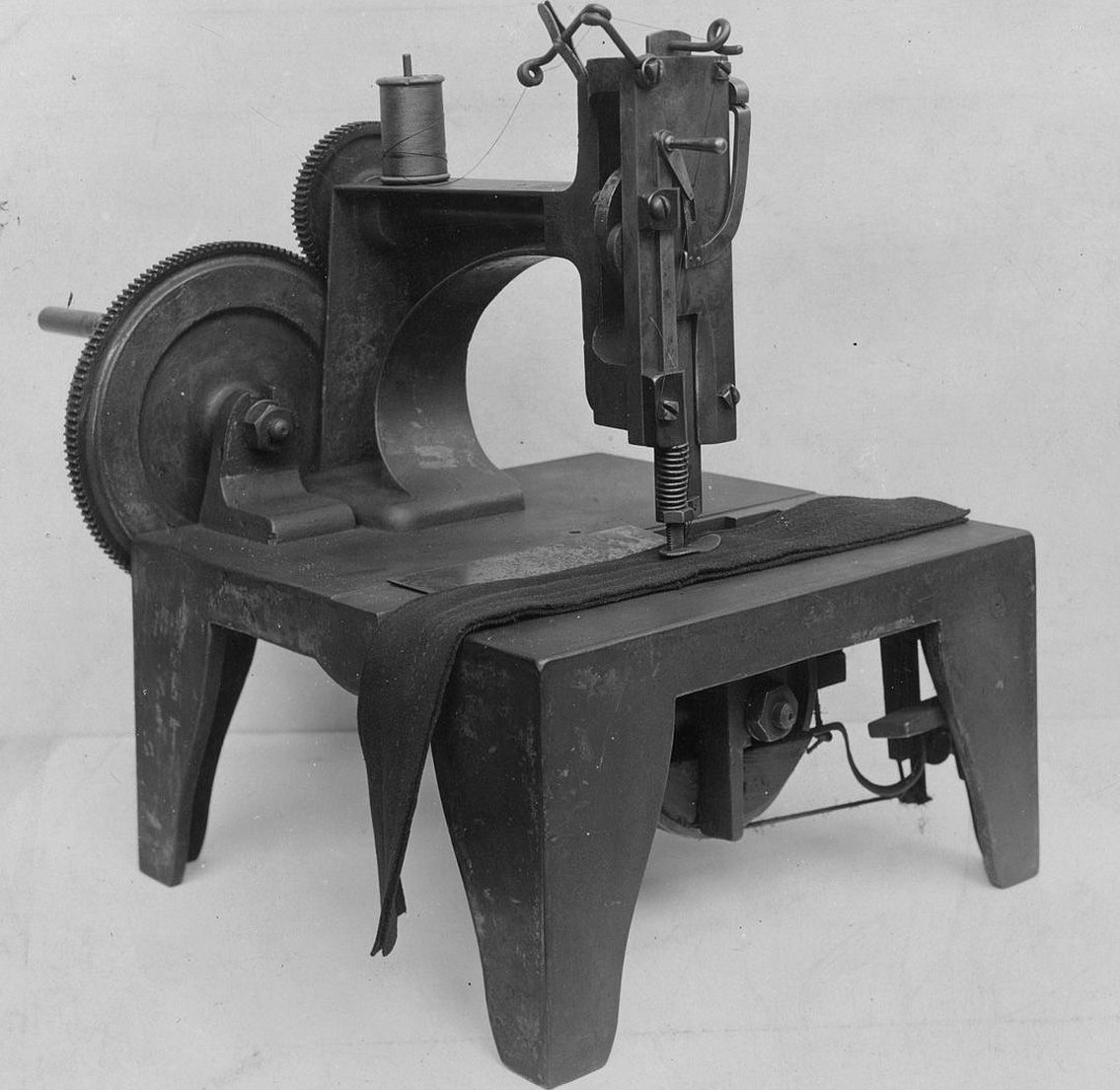
Sewing machines have come a long way since then, but it's useful to remember what the first models were like.
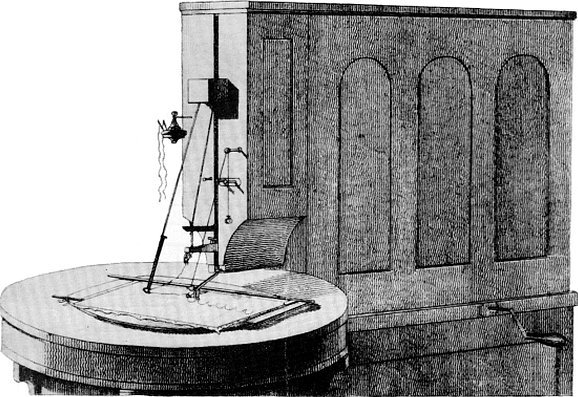
Who created the first
For thousands of years of human history, craftswomen have sewn using needles. The development of science and technology has led scientists and inventors to think about the possibility of making this difficult and tedious work easier.
History has preserved information about several attempts to invent machines to make seamstresses' work easier:
- Devices similar to sewing machines were used in Holland in the 14th century. They were used to sew sails together. It is believed that the history of the sewing machine began here.
- The author of the first of the known projects is the great scientist of the Renaissance Leonardo da Vinci. However, this idea was not realized.
- German inventor Karl Weisenthal received a patent for a sewing machine. This happened in 1755. The mechanism he created was not like the modern version. Its only function was to copy the stitches made by a seamstress.
- Englishman Thomas Saint created a specialized sewing machine. In 1790, he received a patent for a device designed for sewing boots. It was a very simplified version, in which the movement of the boot during sewing was done by hand.
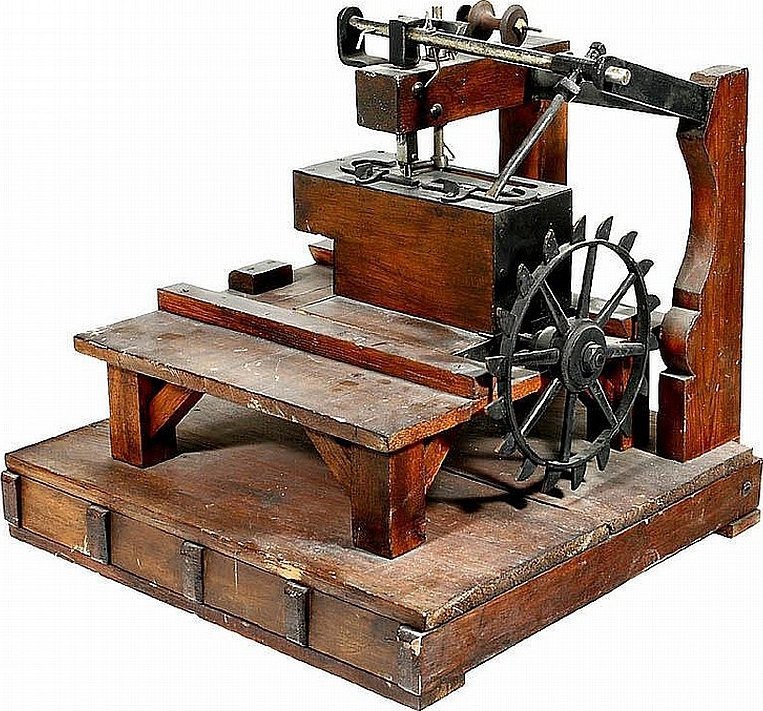
- The French inventor Barthélemy Thimonnier created a more advanced mechanism in 1830. His work was based on the use of a single-thread chain weave.
For your information! He founded the first ever clothing factory, but it was soon burned down by competitors.
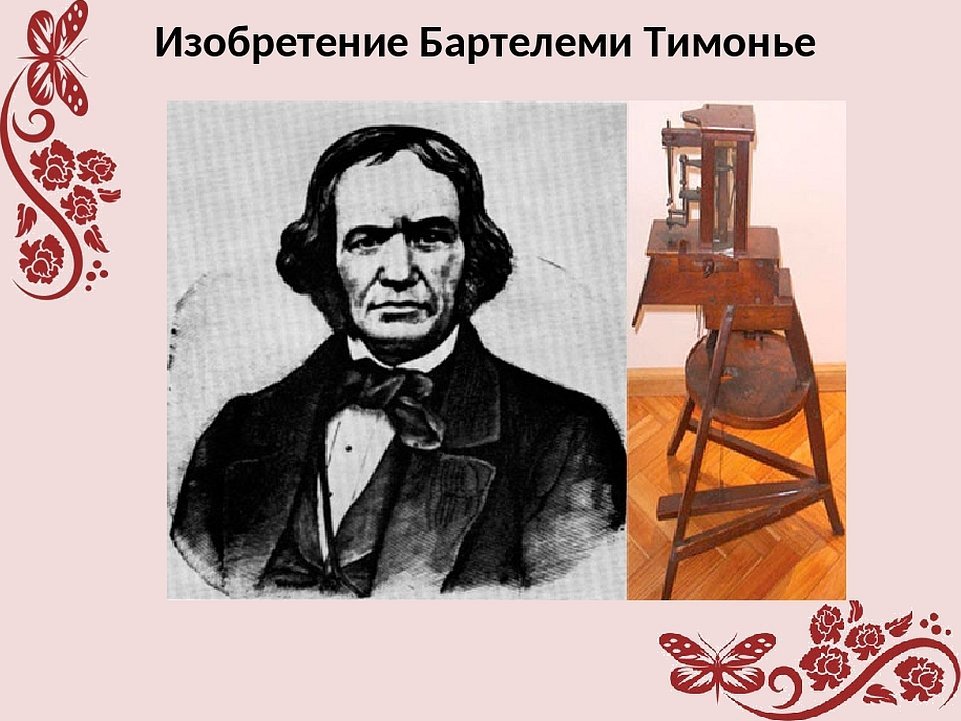
The first sewing machine in the form we know today was created by an American, Elias Howe. This happened in 1845. It could do double stitching. The speed was 300 stitches per minute. Although the patent for the sewing machine was issued to an Englishman, Elias Howe is considered its real inventor throughout the world. When the sewing machine was invented, an elongated shuttle was used in the design.
However, before him, such an invention was made by Walter Hunt, who refused to patent it. He motivated his action by the fact that he did not want many seamstresses to lose their jobs because of it.
Needles with an eye at the tip were invented by Josef Madersprger, an Austrian citizen. However, the patent for them was received by Isaac Singer.
When was the first sewing machine created
In 1850, a model was created that is considered the very first version of a modern sewing machine. It was invented and simultaneously patented in the United States by three inventors: Singer, Gibbs and Wilson. Each of them proposed his own version. The most advanced of them was the machine created by Singer.
In her work, she used a "swinging shuttle". The shuttle moved not along the machine, as before, but across, making arc-shaped movements. The thread tension system was improved. The shuttle's force was regulated by a spring. The upper thread was tensioned by cups.
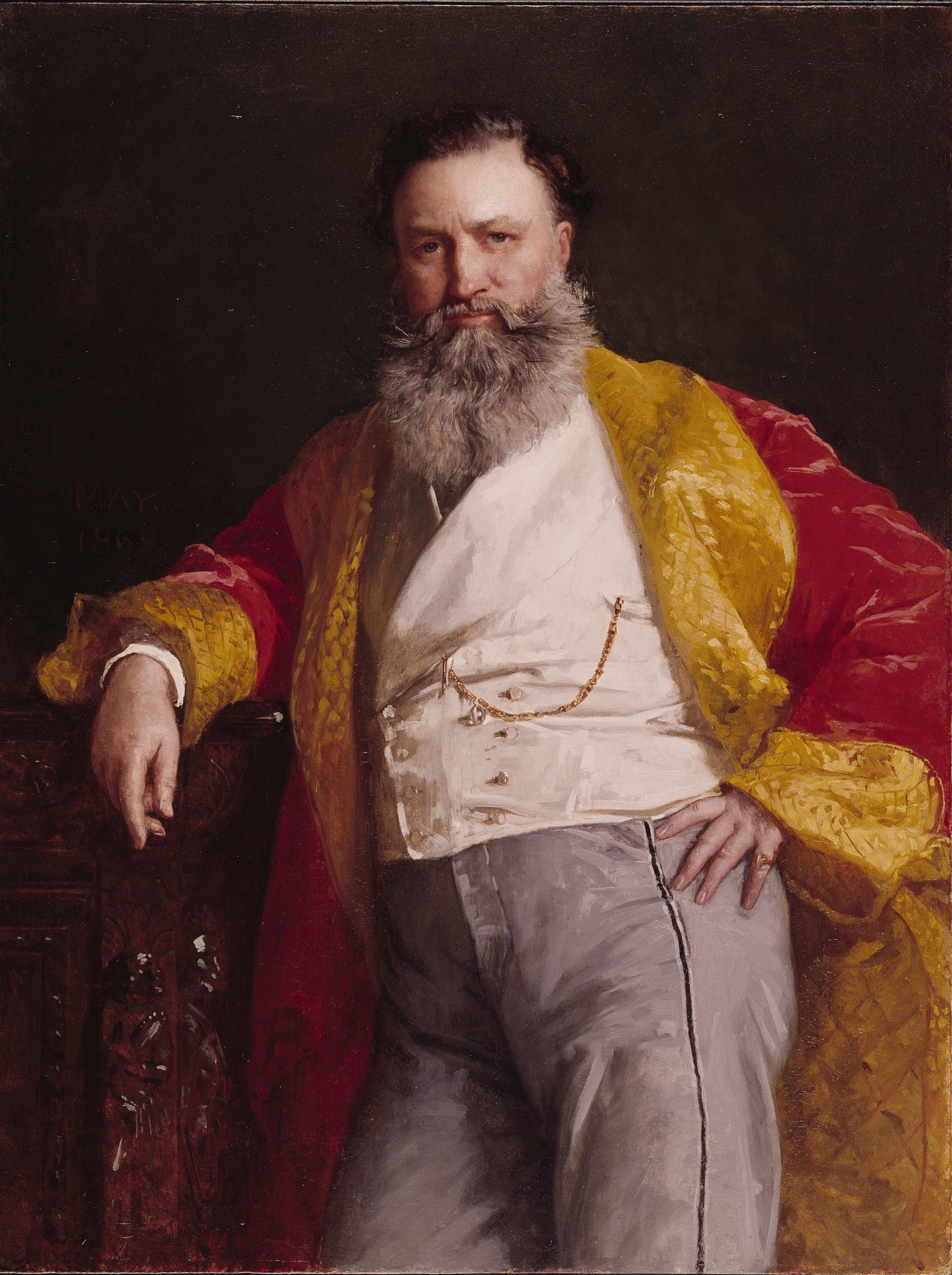
The operating principle of the first sewing machines
The device, created by Elias Howe, was based on the way a loom works. The sewing machine moved the fabric by pinning it. The needle worked in a direction perpendicular to the movement of the fabric.
Important! Despite its primitive, from today's point of view, design, the sewing machine provided a significant gain in productivity. It replaced the work of five people. However, the use of a manual drive was not the best solution.
Isaac Singer's invention, among other improvements, made it possible to use a foot drive. This freed up the hands for work and was of great importance. One of the consequences of this was the ability to hold the fabric with both hands and easily move it in any desired direction. Thus, it became possible to make not only straight seams, but also shaped ones.

In this machine, the fabric was fixed using a foot, and movement was achieved using a toothed wheel.
Works of domestic and foreign scientists
Sewing machines have been constantly improved since their invention. The main areas of work of scientists and inventors were as follows:
- Computer-controlled devices were introduced, some of which allowed direct connection to a computer or laptop.
- The design of the shuttle evolved.
- The use of composite materials for various components was introduced.
- The lubrication system of parts was improved.
- Improving the performance characteristics of the drive.
For your information! Despite the fact that modern machines have numerous capabilities, their improvement continues to this day.
The history of the emergence and development of sewing machines in Russia
Singer machines were among the first to appear in Russia. They were manufactured by the merchant Popov. For this reason, they are sometimes called "popovkas". Some of these machines continue to be used to this day. They had the following features:
- Square needle bar.
- The thread tension adjustment was organized in a primitive manner.
- The shuttle moved along the machine.
- The thread after leaving the shuttle was threaded through several holes. The more holes there were, the stronger the tension became.
Machines of this type could be used to make seams on canvas or leather.
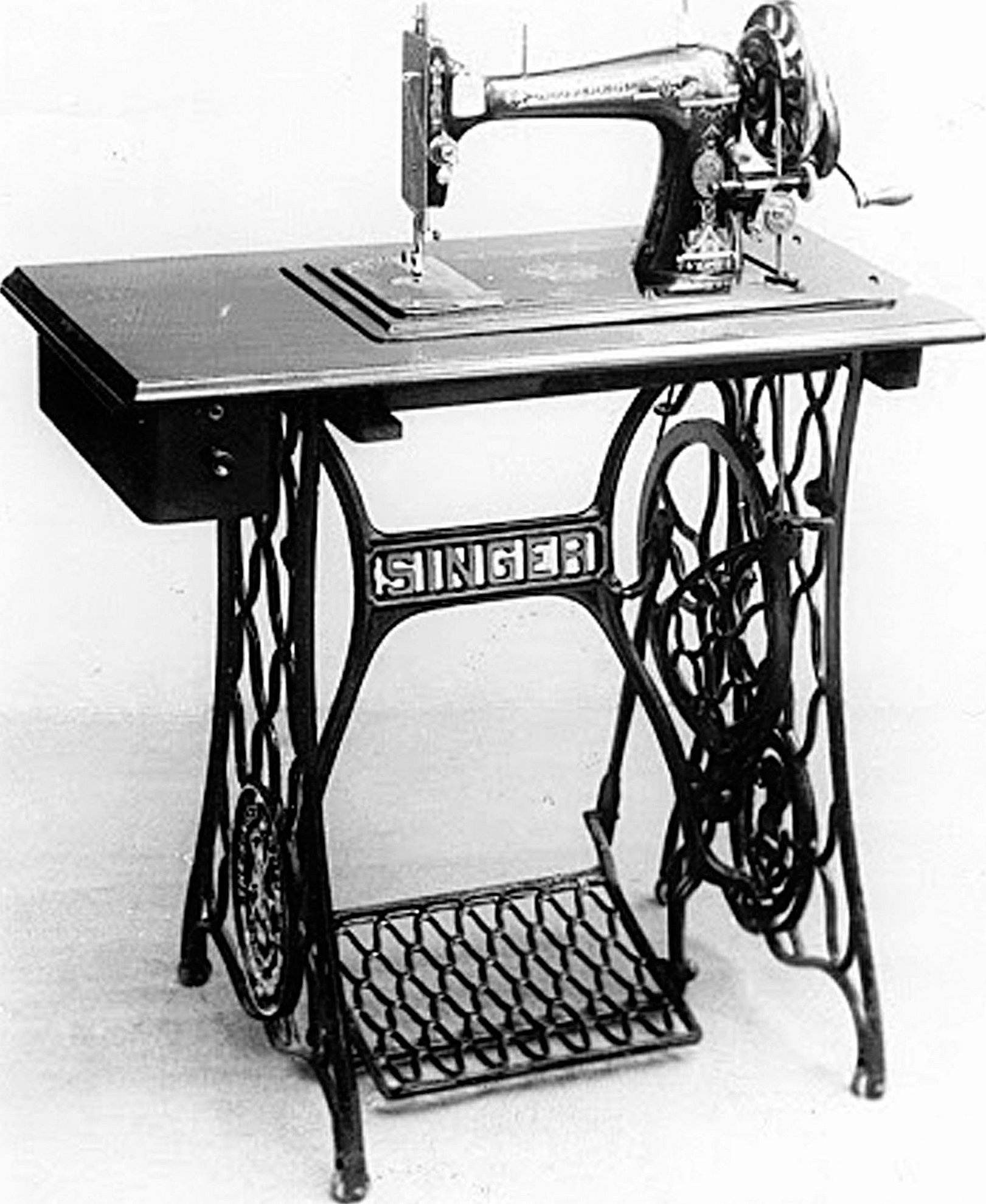
Important! The disadvantages of this type of machine are low operating speed and an inconvenient thread tension system.
JSC "Singer" began operating in Russia in the Moscow region in 1902. At first, this company included several small workshops. Then the enterprise began to develop intensively. Over the years, 65 representative offices were opened, covering the entire country.
This company not only sold cars in Russia, but also exported them to Turkey, Japan, Persia and China.
The production of sewing machines was started in Russia by a branch of a foreign company in 1897. Most of its managers had German citizenship. After 15 years, in 1892, the production of parts for the family version of the Singer machine began. In 1913, the company achieved significant results:
- By 1913, the number of cars produced reached 600 thousand.
- At the same time, 2,500 sewing machines were produced every day.
- Sales were carried out through more than 3,000 branded stores.
- They employed 20 thousand people.
When the February Revolution occurred in 1917, the company faced the threat of bankruptcy. To avoid this, the production facilities were handed over to the Provisional Government on preferential terms.
On November 30, 1918, the enterprise was nationalized. On its basis, the Podolskshveimash association was created in the 1980s.
For your information! In 1991, the association produced 1 million 750 thousand sewing machines.
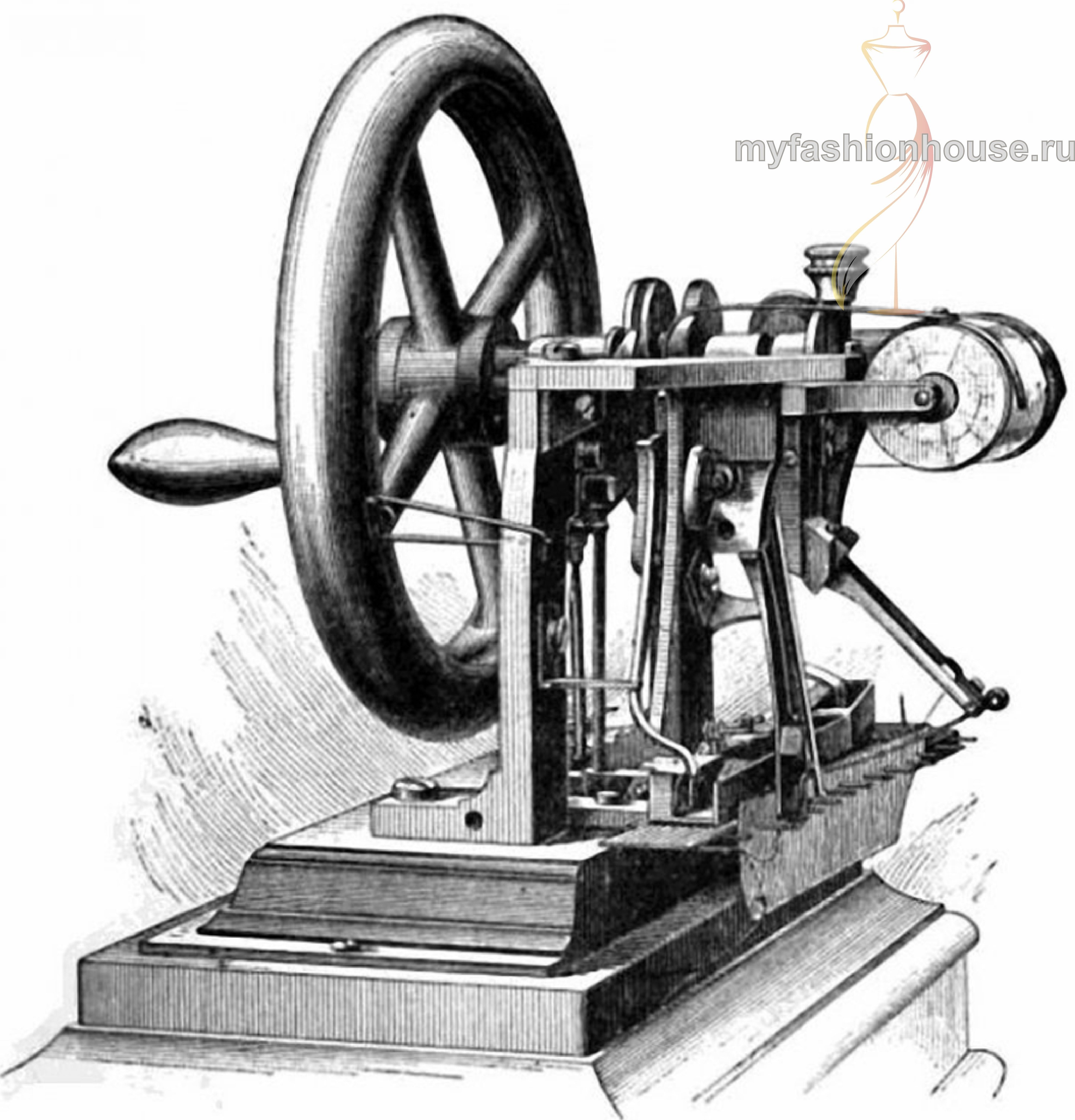
Shuttle as a revolution
Walter Hunt was the first to use a shuttle as a design element of a sewing machine. He used a similar part of a weaving loom as a model. The shuttle had an axle inside, on which the thread was wound. One of the ends was sharpened. During operation, the thread passed either over or under the point. Such a shuttle is not used in modern machines.

When using a horizontal circular shuttle, the seamstress has to do less manipulation to install the bobbin in the bobbin case. There is an adjustment screw with which you can set the desired thread tension. The disadvantage of such a shuttle is that it is made of plastic, and therefore it is poorly suited for using thick threads. A coarse thread can damage the plastic part by cutting a groove in it.
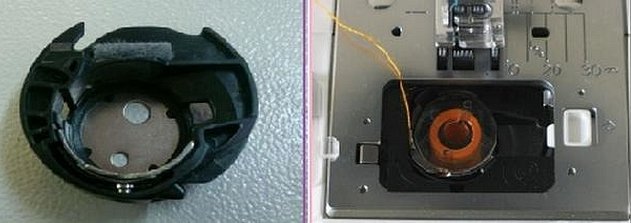
The vertical swing shuttle is used in older machines. In modern machines, a rotating rotary shuttle is used. Its advantages are:
- High quality sewing.
- Ability to operate at different rotation speeds.
- Easy to maintain and operate.
When using such shuttles, the occurrence of such a situation as thread breakage is excluded.
The history of the world famous sewing corporation "Singer"
Joseph Singer was an employee of a machine shop that repaired sewing machines. Since they often broke down, engineer Singer told his boss that he would create a more reliable sewing machine than those that existed at that time.
Additional information! It took him only 11 days to complete the job. One of the advantages of his design was the active use of replaceable parts.
This company was founded in 1854 by Isaac Singer and Edward Clark. The partnership "Singer & Co." organized a machine manufacturing plant located in the state of New Jersey.

At that time, industrial use of such equipment was unprofitable. Cheap manual labor was considered more profitable than mechanized labor. Therefore, Singer developed a more advanced and compact machine intended for family use. It was possible to purchase the equipment in installments. Thanks to the correct organization of sales, the sales of sewing machines grew rapidly. This company used not only advertising, but also held presentations to convince buyers of the quality of its products.
Singer realized that his main customers would be women. To advertise his products, he distributed brochures about them along with religious ones.
Important! This company is considered to be the first in the world to organize after-sales service, selling spare parts for machines separately.
The company developed rapidly. Not only the choice of products but also the use of well-thought-out marketing strategies played a major role in this. At the end of the 19th century, other companies were created that produced and sold such equipment.
The "evolution" of the sewing machine using Janome as an example
This company is considered to offer the highest class machines, suitable for high-quality work with thin and capricious fabrics. The history of this company began in Tokyo in the twenties of the last century.

Its founder is Yosaku Ose. At that time, the sewing machine used an elongated shuttle. This company began using a round one instead.
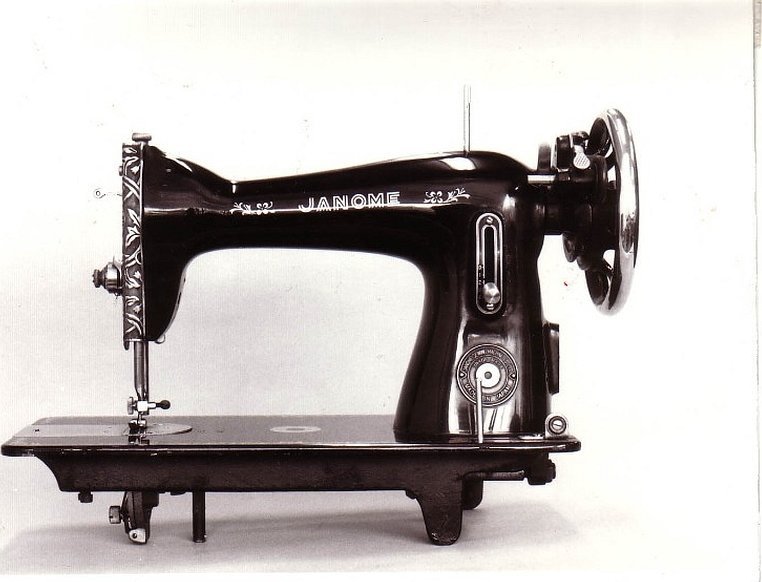
The Janome brand was registered in 1935. In 1960, it acquired the American company New Home. In 1979, the world's first computer-controlled sewing machine, Memory 7, was released. The products of this company are distinguished by their high quality and reliability.
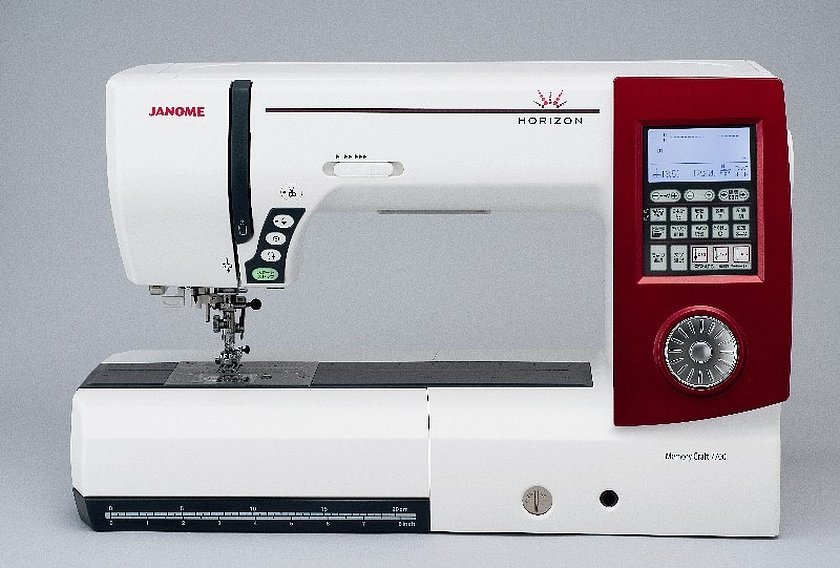
When such machines came into use, it significantly increased the productivity of seamstresses. Even the most imperfect models helped improve and speed up the work. However, for their further development, not only inventions were important, but also the introduction of the use of sewing machines in industry and at home.




